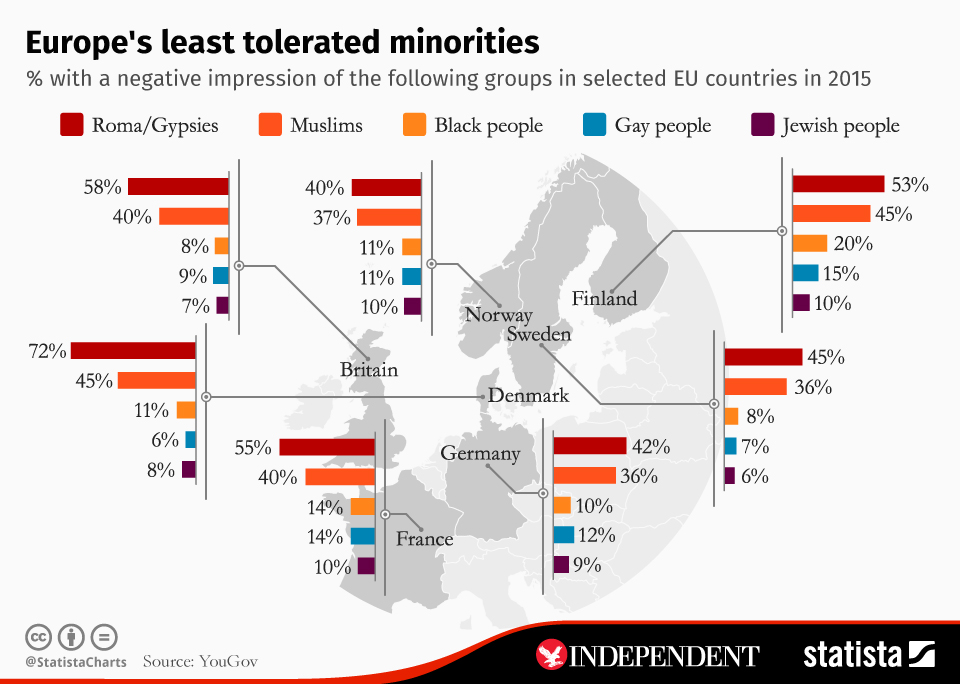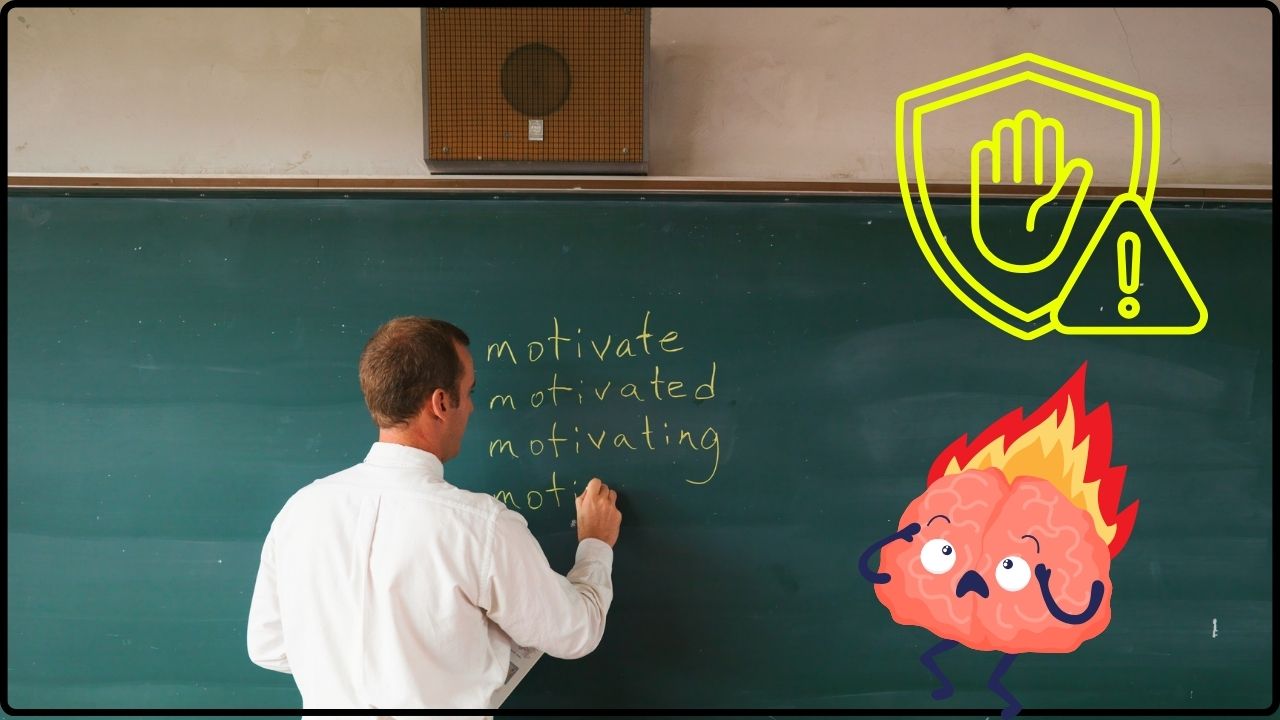
Teaching History & Geography: If you’re diving into teaching history and geography, it’s time to ask: are we telling the full story? Specifically, when it comes to the Roma and other minority groups, their stories too often get skipped or watered down. This article’s gonna break down how educators can bring these rich narratives into the classroom—making history and geography lessons more inclusive, real, and impactful for everybody. Whether you’re a teacher, parent, or education pro, you’ll get solid info and actionable advice to make change happen. And trust, it’s not as hard as it sounds! Teaching history & geography with Roma and minority narratives means shifting from one-sided stories to a full-on conversation that respects all voices. This helps kids see themselves in what they learn, builds knowledge beyond stereotypes, and preps everyone for a more just society. We’ll cover why this matters, how it looks in real classrooms, plus tips and tools you can use pronto.
Table of Contents
Teaching History & Geography
Bringing Roma and minority narratives into history and geography classes isn’t just ticking a box—it’s rewriting the story to include all voices. This approach boosts student engagement, fosters empathy, and prepares young Americans to thrive in a diverse society. The key is commitment from educators and schools to move beyond stereotypes and one-dimensional lessons, using authentic, inclusive materials and culturally responsive teaching. Let’s give every student the chance to see themselves as part of history in the making.
| Topic | Details |
|---|---|
| Importance of Integrating Roma & Minority Narratives | Promotes inclusivity, counters stereotypes, supports social cohesion |
| Benefits for Students | Enhances cultural awareness, identity affirmation, empathy |
| Practical Strategies | Use diverse resources, include primary sources, train teachers in cultural competence |
| Challenges | Existing curriculum gaps, lack of teacher training, systemic bias |
| Successful Examples | UCLA History-Geography Project, Council of Europe initiatives |
| Policy Advocacy | Need for inclusive curriculum policies, funding for minority-focused resources |
| Community Engagement | Involving families and minority groups to enrich learning and trust |
| Official Resource Link | UNESCO Education for Roma |
Why Integrate Roma and Minority Narratives While Teaching History & Geography?
History and geography shape how kids understand the world and their place in it, right? But for too long, many textbooks and lessons have ignored or misrepresented minority groups like the Roma. This leads to skewed views, stereotypes, and feelings of exclusion for students from these communities. When the curriculum includes their stories authentically, the classroom becomes a space for respect and learning about diverse identities and histories.
Including Roma narratives is key because these communities have faced centuries of discrimination and erasure. It’s not just about adding facts—it’s about decolonizing education, meaning shaking off the dominant, one-sided stories so students get a balanced, honest picture. That helps build empathy and counters prejudice early on.
Integrating minority perspectives also challenges the traditional narratives that often emphasize only mainstream cultural contributions. This broadens all students’ understanding of how cultures interact, evolve, and contribute to the social fabric of nations and communities. It’s about teaching history and geography as living, inclusive stories—not as fixed, sanitized versions from a single viewpoint.

The Real Impact on Students
When classrooms resonate with students’ own experiences and histories, studies show they perform better academically and socially. That applies to Roma youth and other minorities alike. Seeing yourself reflected in lessons boosts confidence and sense of belonging.
For example, African American students benefit when Black history and culture are celebrated in positive, affirming ways—not just framed in struggles. The same goes for Roma students who deserve narratives that highlight their rich culture, resilience, and contributions, not just hardship.
Inclusive teaching helps everyone understand the complexity of history and geography, empowering them to challenge unfair systems now and in the future. It reduces harmful biases that students might bring into adulthood and builds a foundation for more equitable social interactions and community relationships.
Research further suggests that diverse curriculums can improve critical thinking skills as students learn to compare differing perspectives and understand nuance. They are encouraged to question dominant narratives and seek evidence, an essential skill in today’s information-rich world.
Teaching History & Geography: Practical Steps for Educators
So, how can teachers bring Roma and minority stories into history and geography lessons? Here’s a straightforward guide:
1. Assess Your Curriculum and Materials
Start by reviewing textbooks and lesson plans to identify gaps or biases. Are Roma and other minorities included? Do their stories come directly from their voices or are they filtered through stereotypes?
Look for opportunities to update lesson plans with inclusive content. This may mean supplementing textbooks with additional readings, videos, or digital resources that present authentic minority narratives.
2. Use Primary Sources and Oral Histories
Bring in firsthand accounts, interviews, and community histories. Projects like UCLA’s History-Geography initiative show how oral histories illuminate less-known aspects of minority experiences. This makes lessons vivid and real.
Primary sources enable students to connect emotionally with the material and appreciate diverse viewpoints. Oral histories from Roma community members, for example, can reveal migration patterns, cultural traditions, and social challenges often omitted from mainstream education.
3. Incorporate Diverse Perspectives Across Topics
Don’t silo minority histories in a single unit or month—integrate them into broader contexts. For example, discuss Roma migration patterns in geography or minority activism in civil rights history.
Integrating minority narratives in geography can demonstrate how places and cultures are interconnected globally, and how human movements and social dynamics shape regional identities.
4. Get Cultural Competence Training
Teachers benefit hugely from professional development focused on cultural responsiveness and anti-bias education. This prepares them to handle sensitive topics skillfully and foster inclusive classrooms.
Training also helps educators recognize their own biases and learn strategies to create safe discussion environments. This is key because teaching minority histories often involves confronting uncomfortable past injustices and systemic racism.
5. Create Interactive and Engaging Lessons
Use storytelling, maps, art, and digital tools to make lessons fun and memorable. Encourage students to research community stories or create their own narratives.
For example, students could build digital story maps tracing Roma migration or conduct interviews with family members about cultural heritage. These activities enrich learning and build empathy.

Engaging the Community and Families
Connecting schools with Roma and other minority communities enriches learning and trust. When families share their stories and traditions, students get a deeper, living history rather than just dates and facts. Schools can hold cultural events, invite community speakers, and build partnerships that sustain inclusive education beyond textbooks.
Community engagement also helps prevent misrepresentation and promotes accuracy. By involving minority voices in curriculum development or classroom activities, educators ensure the content is respectful and empowering.
Moreover, students from minority backgrounds gain pride and support when their cultures are visibly valued in school settings. This positively impacts attendance, participation, and overall academic success.
Advocating for Policy and Resources
For lasting change, educators and advocates need to push for policies that support inclusive curricula statewide and nationally. This includes funding for teacher training, diverse teaching materials, and reprioritizing curriculum frameworks to ensure minority histories and geographies aren’t just afterthoughts.
Advocacy can also target education boards and policymakers to adopt standards that mandate inclusion of minority narratives. In some regions, however, political resistance or budget constraints can slow progress—so grassroots efforts from teachers and communities remain crucial.
Policymakers who invest in inclusive education help foster social cohesion and prevent marginalization of vulnerable groups. This aligns with broader goals of equity and human rights.
Successful Programs and Examples
The UCLA History-Geography Project is a standout example where students learn through oral histories and community narratives, breaking down stereotypes and building respect. Similarly, initiatives by the Council of Europe provide practical guidelines and resources for teaching Roma history culturally responsively across various countries.
Other promising approaches come from culturally responsive teaching models used in diverse classrooms across the US, where history lessons are linked to students’ lived experiences. This boosts engagement and learning outcomes.
Internationally, UNESCO supports programs aimed at inclusion of Roma education and has published curriculum guides that schools can adapt to local contexts. These programs highlight the importance of structural support for teachers and communities.
Overcoming Challenges
Sure, there’s pushback and systemic hurdles, but they’re not unbeatable. Schools benefit from leadership support, clear policies, and teacher training. Many resistance concerns stem from misunderstandings which open dialogue and evidence-based advocacy can address.
Teachers sometimes worry about covering “too much” content or facing controversies. But integrating minority narratives can be done thoughtfully, weaving diverse stories into existing lessons rather than overloading curricula.
It’s also important to acknowledge that teaching about historical injustices requires sensitivity—schools need to prepare to handle student questions, parental concerns, and varying perspectives with care.
Inclusive Physical Education: Games and Adaptations for Mixed-Ability Groups
Dyslexia in the Regular Classroom: How to Adapt Texts and Tests for Success
Managing ADHD in the Classroom: 5 Proven Strategies for Serbian Schools
















